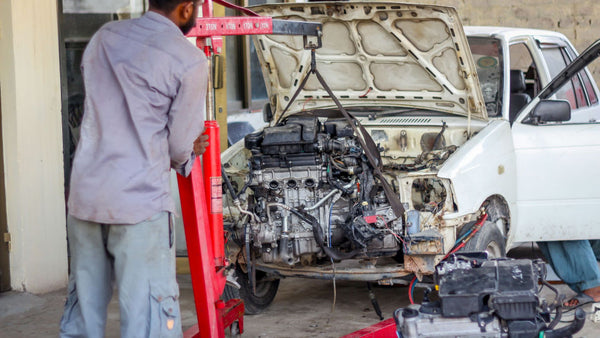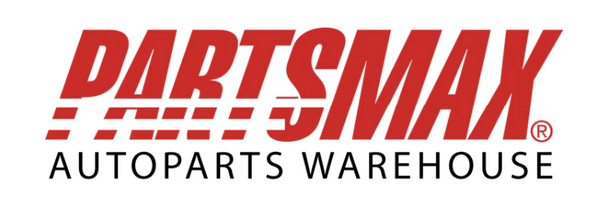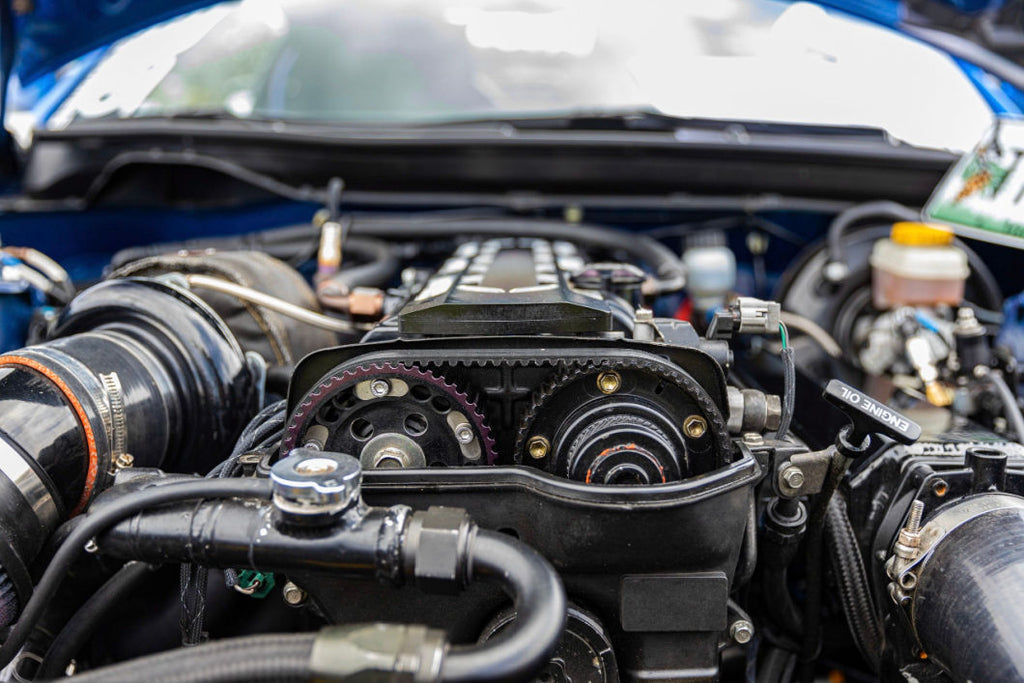From Mild to Wild: Achieving Power and Performance Through Engine Swap
This comprehensive guide covers all aspects of engine swaps, from choosing the right car to addressing clearance, wiring, and system optimization. Ensure a successful swap and unleash the full potential of your vehicle.
Choosing the Right Car for Engine Swaps
Not all cars are suitable for engine swaps, but that doesn't deter some from attempting to fit a 5.7L V8 into a Daewoo. However, the Daewoo's suspension, brakes, and rigidity will always be subpar. Opt for a lightweight chassis with minimal extras for a satisfying power-to-weight ratio. And remember, not every engine swap is practical; sometimes, buying a better-suited vehicle makes more sense.
Selecting the Ideal Engine
Choosing a more powerful and compatible engine for your swap is crucial. Measure the dimensions of the engine and transmission to ensure a proper fit. Consider hood clearance, ground and subframe compatibility, and the need to relocate radiators and batteries. Opt for an engine with a matching wiring harness, manifolds, ECU, and ancillaries. While selecting components from the same manufacturer can simplify wiring and electronics, it's not mandatory.
Engine Mounting Solutions
When swapping engines, you'll likely need different brackets and mounts to secure them. Thankfully, the aftermarket offers options, and certain OEM combinations may suffice. For Honda enthusiasts, Passport provides versatile mounts for various engine-to-chassis combinations. Lexus owners seeking 2JZ-GTE power can often utilize a mix of factory components. Custom modifications may be necessary for more complex scenarios, including cutting factory mounts to accommodate unique setups.
Axles and Drivetrain Integration
FWD swaps utilize axles, while RWD conversions require custom driveshafts. Measurements between hubs and transaxle/intermediate shafts are crucial for FWD swaps. RWD swaps demand custom-length driveshafts with compatible joints. Axles must fit hubs and transaxle/intermediate shafts in FWD swaps. RWD swaps necessitate custom-length driveshafts connecting the gearbox and rear end.

Pedal Compatibility and Integration
To ensure effective communication between the new engine, gearbox, and pedals, proper measures must be taken. Cable-driven throttle bodies require a straightforward cable exchange, while electronic ones need the right ECU, pedal assembly, and wiring. Clutch pedals can be cable-operated or hydraulic. Reusing cables or using adapter kits may be necessary for specific conversions.
Shifter Assembly Integration
When choosing a shifter assembly, make sure it matches your new transmission, whether cable-driven or rod-and-lever linked. You might need to modify the shifter tunnel for a seamless fit. Avoid mixing shifter components from different sources; opt for a complete system from a single donor car to prevent any issues.
Fuel System Modifications
Ensuring a safe and functioning fuel system is vital during an engine swap. Typically, you'll reuse the fuel pump and filter within the tank, while modifying the lines connecting to the new engine's fuel rail(s). To prevent damage, select fuel injection pipes that can withstand higher pressure and use suitable clamps. Prioritize security and proper installation for a successful swap.
Cooling System Optimization
While the original radiator often suffices, larger engines or space limitations may require changes. Create additional space by installing an electric cooling fan opposite the radiator's position. This guarantees proper airflow direction. Custom solutions are typically needed for radiator and heater hoses, specifically designed for the engine. Ensure individualized solutions to maintain optimal functionality and performance.
Optimizing the Cooling System
Due to limited space and higher-performance engines, modifications to the factory radiator system might be necessary. Enhance space by installing an electric cooling fan on the opposite side, ensuring optimal airflow. Custom-made radiator and heater hoses are often required to cater to specific engine requirements. Tailor the system to meet the demands of the engine for optimal results.
Intake and Exhaust Customization
Custom fabrication of intake and exhaust systems is often necessary if suitable replacements aren't readily available. Start with a compatible system and make necessary alterations to the intake pipe. In cases where aftermarket options are unavailable, modifications become essential. Adapter pipes are often required to connect exhaust manifolds to the existing exhaust system or catalytic converter. Ensure proper adaptation for optimal performance.
Electrical System Integration
The success of an engine swap often hinges on the electrical system. Select a compatible ECU for the engine, considering that different brands may require independent management systems. Numerous engine, dashboard, and chassis wire harnesses may need attention. Prepare for challenges like wire splicing, connector replacement, and obtaining additional components like instrument clusters and speed sensors. Familiarity with electrical schematics and consulting shop manuals is crucial.
Clearing Obstacles
Clearance challenges are not limited to engine and gearbox placement in the unibody. Modifying hood height or under-skeleton designs may become necessary. Notching crossmembers and subframes is common, along with relocating components such as fuel filters, ABS pumps, brake proportioning valves, and any other obstructing the path. Ensure proper clearance for a successful engine swap with improved power and performance.
Suspension and Brake Upgrades
Consider upgrading the suspension and braking systems to handle the increased power of the new engine. Enhance shock travel by installing high-performance dampers or coilovers. Improve stopping performance with upgraded brake pads, and explore options like rear disc brake conversion or larger brake installations for greater effectiveness. Elevate your vehicle's performance by bolstering its suspension and braking capabilities.
Ensuring Legal Compliance
Engine swap legality varies based on local pollution regulations, requiring thorough compliance checks. Adhering to emissions requirements entails installing additional sensors and equipment. California imposes stricter restrictions, including requiring the donor engine and chassis to be relatively recent models. Consequently, these regulations may limit engine options, necessitating careful consideration.
In Closing
Navigating the intricate realm of engine swaps encompasses vehicle selection, clearance dilemmas, wiring intricacies, and system optimization. Master the process for a successful upgrade and unleash your car's true potential.
And for all your aftermarket auto parts you can count on PartsMax.


